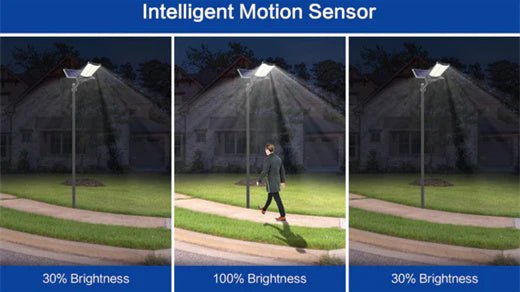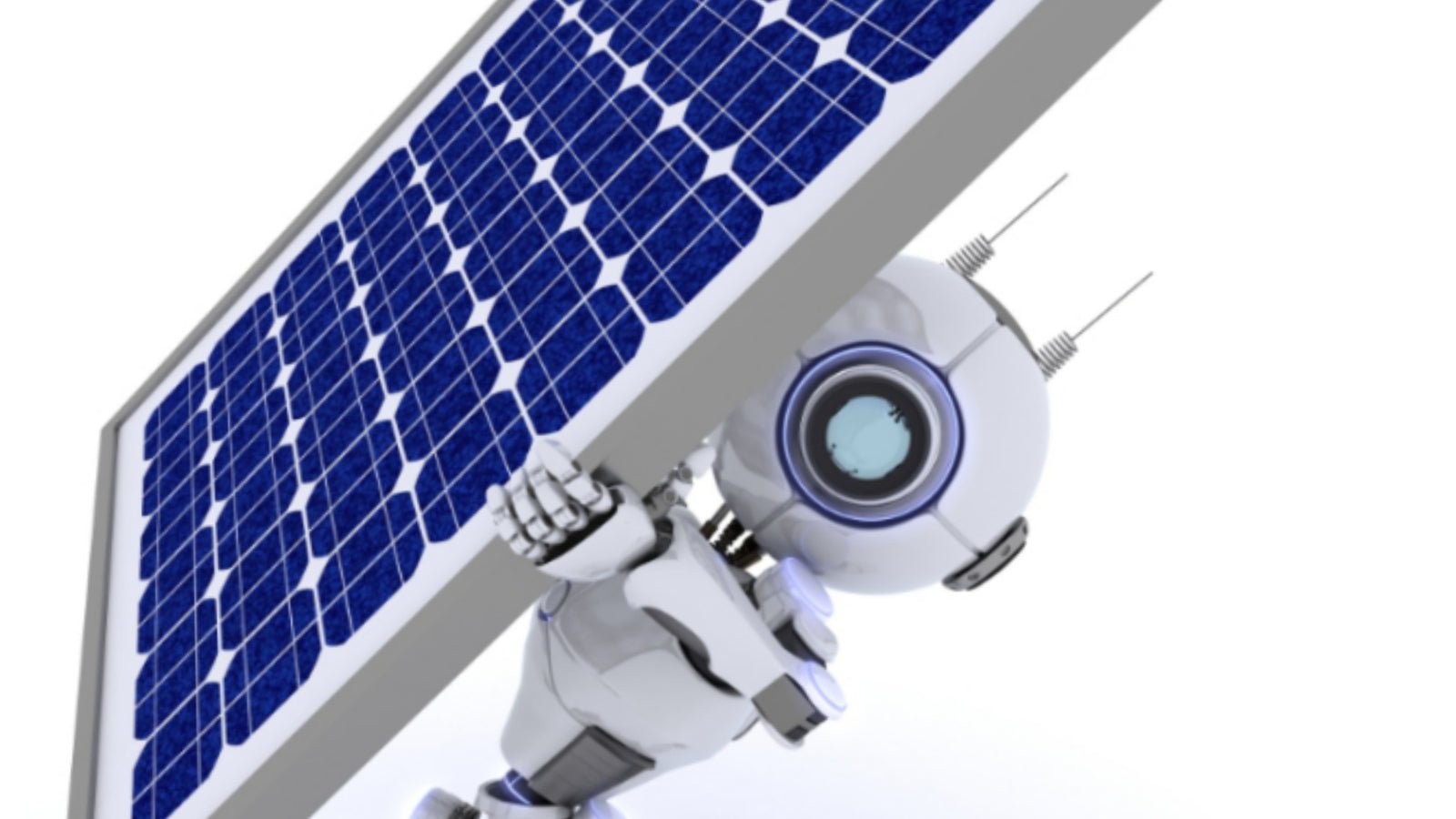Solar street lights are a sustainable and energy-efficient lighting solution for outdoor environments. To further optimize their functionality and energy savings, motion sensor technology is often integrated into these lights. In this blog post, we will delve into how motion sensors are incorporated into solar street lights and explore strategies for maximizing the benefits of this feature.
Understanding Motion Sensor Technology
Motion sensors are pivotal components in modern lighting systems, enabling intelligent activation and control based on movement detection. They operate through various sensing technologies, each with its own strengths and applications:
- Passive Infrared (PIR) Sensors: PIR sensors detect changes in infrared radiation emitted by objects within their detection range. When an object, such as a person or vehicle, moves into the sensor's field of view, it causes a change in the infrared radiation pattern, triggering the sensor to activate the connected lighting system. PIR sensors are commonly used in outdoor applications due to their reliability and cost-effectiveness.

source:youtube
- Microwave Sensors: Microwave sensors emit low-power microwave signals and measure the reflections from surrounding objects. Any movement within the sensor's coverage area alters the frequency of these reflections, indicating the presence of motion. Microwave sensors are effective in detecting motion through obstacles and in adverse weather conditions, making them suitable for a wide range of outdoor environments.
- Ultrasonic Sensors: Ultrasonic sensors emit high-frequency sound waves and measure the time it takes for the waves to reflect off nearby objects. Movement within the sensor's detection range causes changes in the reflected wave patterns, triggering the sensor to activate the lighting system. Ultrasonic sensors are particularly sensitive to minor movements and are often used in indoor applications where precise motion detection is required.
- Dual Technology Sensors: Dual technology sensors combine two or more sensing technologies, such as PIR and microwave or PIR and ultrasonic, to enhance reliability and reduce false alarms. These sensors require both sensing technologies to detect motion before activating the lighting system, minimizing the risk of false activations caused by environmental factors like wind-blown objects or small animals.

- Advanced Features: Some motion sensors feature advanced capabilities, such as adjustable sensitivity levels, adjustable time delays, and daylight sensing, allowing for customization based on specific requirements and environmental conditions. Additionally, integration with smart lighting systems enables remote monitoring and control, further enhancing energy efficiency and user convenience.
Implementation in Solar Street Lights
- Motion Sensor Selection: Solar street lights may utilize various types of motion sensors, including Passive Infrared (PIR), Microwave, Ultrasonic, or a combination of these technologies. The choice depends on factors such as detection range, sensitivity, and environmental conditions.
- Integration into Luminaire: The selected motion sensor is integrated into the solar street light fixture or installed in a separate housing adjacent to the luminaire. This placement ensures optimal coverage of the area and effective motion detection.
- Wiring and Connectivity: The motion sensor is wired to the lighting system's controller, establishing communication between the sensor and the LED lights. This allows the sensor to send signals to the controller upon detecting motion.
- Trigger Mechanism: When motion is detected within the sensor's detection range, it sends a signal to the controller, indicating the presence of activity. The controller then activates the LED lights or adjusts their brightness level accordingly.
- Customization and Settings: Solar street light systems with motion sensors often feature customization options such as sensitivity adjustment, time delays, and daylight sensing. These settings can be tailored to suit the specific requirements of the installation site and optimize energy efficiency.
- Energy Efficiency: Motion sensors play a crucial role in conserving energy by activating the lights only when motion is detected. This helps reduce unnecessary illumination during periods of inactivity, maximizing the efficiency of the solar-powered lighting system.
- Compatibility with Solar Power System: The entire lighting system, including the motion sensor, operates using energy harvested from solar panels. This integration ensures that the motion detection functionality operates independently of the electrical grid, contributing to sustainability and reducing reliance on traditional power sources.

Key Components and Operation
- Sensor: The heart of the motion sensor system, responsible for detecting movement through various sensing technologies.
- Controller: Receives signals from the sensor and controls the operation of the lighting system based on programmed settings.
- LED Lights: The primary light source in solar street lights, activated or adjusted by the controller in response to motion detection.
Benefits of Motion Sensor Technology
- Energy Savings: By activating the lights only when motion is detected, motion sensors significantly reduce energy consumption, extending the operating time of solar street lights.
- Enhanced Security: Motion-activated lights can deter potential intruders and provide increased visibility in areas prone to security risks.
- Increased Lifespan: Minimizing the time the lights are illuminated extends the lifespan of LED bulbs and reduces maintenance costs.
- Environmental Impact: By conserving energy, solar street lights with motion sensors contribute to reducing carbon emissions and mitigating environmental impact.

source:youtube
Optimizing Motion Sensor Functionality
- Adjustable Sensitivity: Fine-tuning the sensitivity of the motion sensor prevents false activations while ensuring reliable detection of movement.
- Customized Settings: Tailoring lighting schedules and brightness levels to specific usage patterns and environmental conditions maximizes efficiency and performance.
- Regular Maintenance: Periodic inspection and cleaning of motion sensors and light fixtures ensure optimal functionality and longevity.
Conclusion
Incorporating motion sensor technology into solar street lights represents a significant advancement in outdoor lighting solutions, offering improved energy efficiency, enhanced security, and reduced environmental impact. By understanding the implementation and benefits of motion sensors, as well as employing strategies for optimization, we can harness the full potential of solar street lights to illuminate our streets and communities responsibly.


































Leave a comment
This site is protected by hCaptcha and the hCaptcha Privacy Policy and Terms of Service apply.